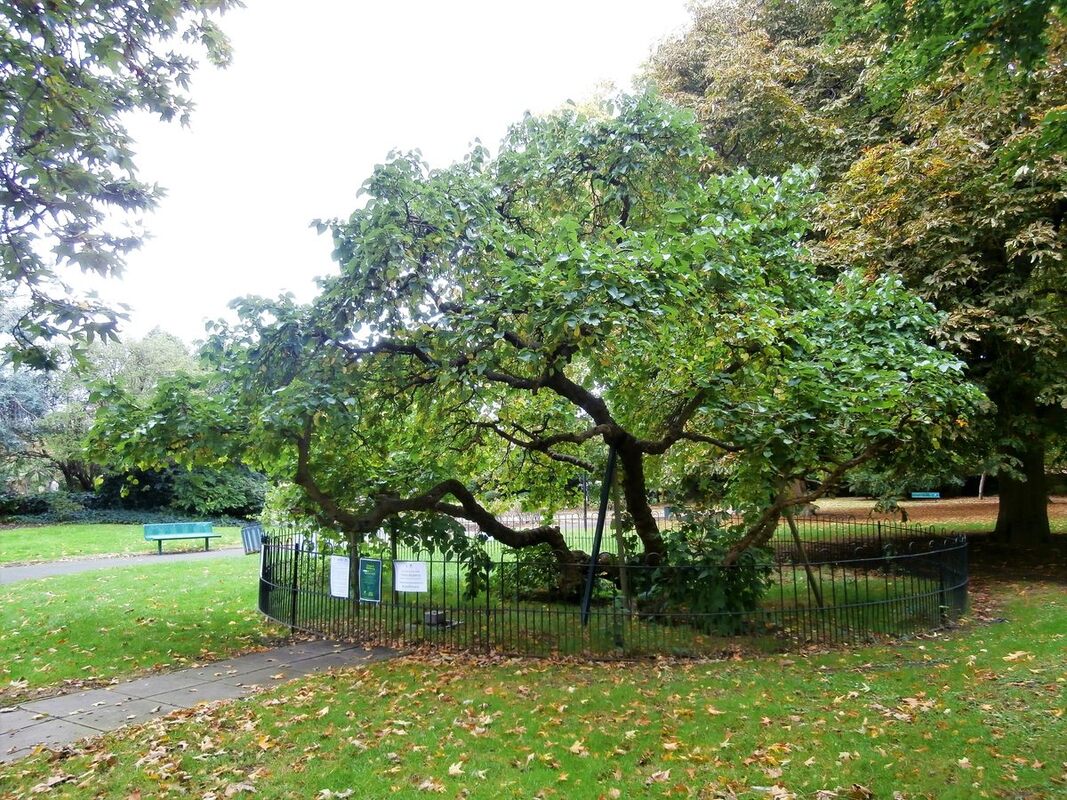|
The following post, inspired by a walk along the Deptford /Greenwich stretch of the Thames, will discuss Peter the Great’s 3 month stay in London in 1698. The first Russian Tsar to visit Western Europe in over 100 years, Peter’s London visit was significant as it can provide us with valuable insight into his complex character and the nature of his rule over Russia. Peter was determined to modernise Russia and part of his strategy was building an alliance with British King William against France and Turkey. In many ways the London of 1698, like Peter himself, was characterized by opposites, on the one hand a violent city where crime, including murder, was rife and public floggings a regular occurrence, and on the other hand where a culture of intellectualism situated in the Citys coffee shops where intense and earnest discussion around religion, philosophy, commerce, and science would take place. It was in these places where anecdotal tales regarding Peter’s stay in Deptford flourished, notably the vandalism to John Evelyn’s estate in Deptford. Peter being anxious to begin a course of shipbuilding, the King allowed him to stay at Sayes Court, home to John Evelyn the writer and diarist. Unfortunately, Evelyn’s lavish estate ended up completely trashed by Peter and his entourage. Peter’s cohort was made up of a group of hard drinking men known for wild behaviour. Described by Robert Massie in his biography of Peter as a ‘motley collection of distinguished greybeards, youthful roisterers, and foreign adventurers’, this riotous behaviour and the company he kept, defined much of the young tsar’s reputation both in Russia and abroad. The damage to Evelyn’s estate included: floors and carpets smeared with ink and grease, broken windows, expensive family portraits used as target practice, curtains used as toilet paper, and every chair had been used for firewood. In the house’s grounds, a magnificent holly hedge, 400 feet long 9 feet high and 5 feet thick was flattened by wheelbarrows. Wheelbarrows were unknown in Russia and on discovering this novelty, Peter’s cohort had great fun devising a game with one man, often Peter himself, inside the barrow and another racing him into the hedge. The sum of all the damage came to £350, an absolute fortune at the time. While Peter’s hard drinking reputation may have made him notorious amongst London’s newly emerging intelligentsia, his travels in Europe served in many ways to change the course of Russian history. Elements of the British clergy viewed Peter’s arrival in Engand as an opportunity to extend their reach into otherwise uncharted territory. Most he ignored, apart from the Quakers. He met William Penn in Deptford and attended Quaker meetings regularly there. After his stay in London, he continued to attend Quaker houses in Europe. However, for the most part, he was sceptical of all religions and was instead seeking any doctrine which would be of use in his pragmatic aim of modernising the Russian state.
Whilst in London he explored most of the city on foot, visiting shops of craftsmen and purchasing an array of specialist equipment; scientific and medical instruments timepieces, watches, and hourglasses. He even acquired a coffin because he admired the fact that it was made of planks as opposed to the expensive method of using tree trunks as in Russia. He also saw an opportunity to expand the tobacco market through England’s colonial expansion into areas containing tobacco plantations. This had a double advantage for Peter, firstly to increase much needed revenue into the Russia economy and to upset the formal conservative orthodox church who had previously insisted on upholding a ban on tobacco. When Peter left England in April, he returned to Russia, hiring around 100 British engineers, shipbuilders, and navigators. With this additional manpower and newly acquired technical expertise, the young Tsar was able to develop a significant shipbuilding programme, which in turn established Russia as a major world power. Further reading Cross, A. (2000) Peter the Great through British Eyes: Perceptions and Representations of the Tsar since 1698. Cambridge: Cambridge University Press. Massie, R.K. (2013). Peter the Great: his life and world. London: Head Of Zeus. Evelyn, J., Bray, W. and Cromwell, V. (1973). The Diary of John Evelyn. London, Dent; New York, Dutton. Written by Versus History Guest History Blogger Karl Brown (@MrBuddwing65). You can follow Karl on Twitter here.
0 Comments
|
Categories
All
Archives
April 2024
|

 RSS Feed
RSS Feed